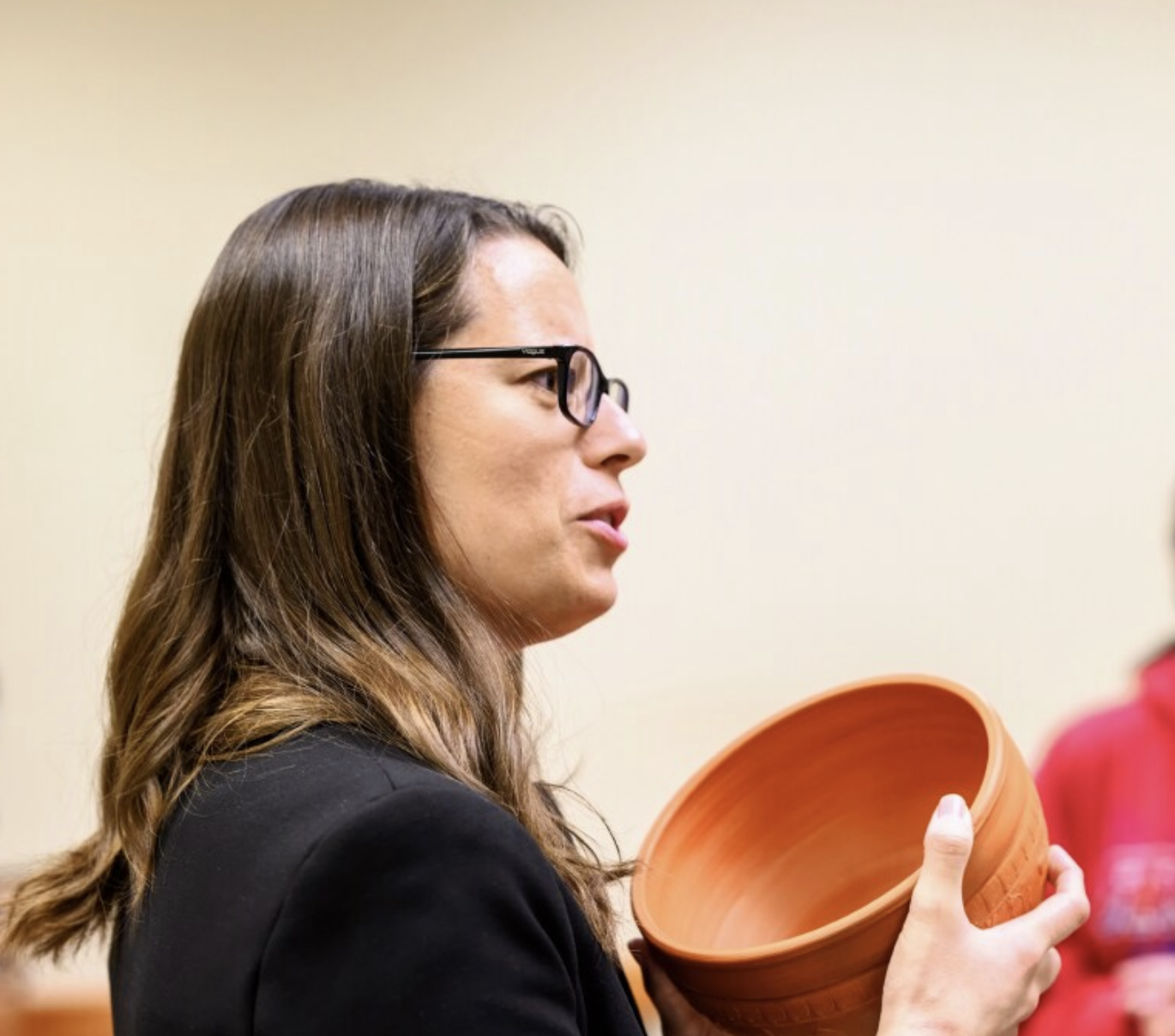Numismatics at the Society for American Archaeology (SAA) Annual Meeting

Attending the 89th Annual Meeting of the Society for American Archaeology (New Orleans, April 17–21, 2024), I was struck by the difference between the two largest annual archaeological conferences in the United States in regard to numismatics. The Society for American Archaeology (SAA) meeting is considerably larger than the Archaeological Institute of America (AIA) meeting in terms of the number of attendees and the number of presentations. However, the presence of numismatics at the SAA meeting is relatively marginal.
A search of the abstracts for the conference yielded only five presentations (four papers and one poster) that referred to coins, and mine was the only one that focused primarily on coins. It is likely, of course, that a number of other presentations mentioned them in passing, but presumably not as a major focus, if they did not appear in the abstract. For the five presentations, the topics were medieval Italy, ancient Cyprus, Viking England, historic plantations in Florida, and Islamic Spain.
By origin, the SAA is an organization centered on the prehistory of the Americas, especially North America. Coins are notably absent from the prehistory of the Americas—various types of objects were valued highly in long-distance exchange, especially shell and copper artifacts, and some quasi-monetary objects existed, such as pieces of cloth and cacao beans in central Mexico, but these were mostly organic and are not normally found in archaeological excavations. By contrast, since the end of the nineteenth century the AIA has focused mostly on the archaeology of the classical Mediterranean world, where coins were made and used in large quantities. It is not entirely surprising, then, that numismatics is more prominent at AIA meetings compared to the SAA. However, in practice the scope of SAA meetings has grown to include any topics studied by archaeologists trained in anthropology programs.
It will be noted that three of the five presentations pertained to medieval archaeology of Europe and the Mediterranean, a topic that is marginal to both the SAA and the AIA and that has no real organizational home in the United States, since it has had few practitioners here in the past (although this may be changing, with over sixty presentations this year). One pertained to the ancient Mediterranean, a topic that would more often be encountered at an AIA meeting. And one pertained to historic North America, which is closer to the normal scope of the SAA, as well as the Society for Historical Archaeology.
This last topic deserves closer attention. Since the 1960s, post-1492 archaeology of the Americas has become increasingly important, and for the most part this involves societies that made at least some use of monetary artifacts. It is anomalous to have dozens of presentations on medieval Europe at the SAA meeting, but it seems equally anomalous that of the more than 150 presentations relating to the post-1492 Americas, only one abstract mentioned coins.
This seems like an important gap in academic training and communication. Coins were as important a part of daily life in the modern era as they were in antiquity, if not more so. They are less used for chronological information in the modern era, but they should probably be used less than they are as chronological evidence for antiquity, given how unreliable they can be in that regard. As far as I can tell, the most important difference is that there is an academic tradition of obtaining information from coins in classical archaeology, but in American archaeology there is not. Therefore, it does not occur to specialists in historic-period American archaeology to use coins for anything in their research. This should be an opportunity for further growth in the relationship between numismatics and other specialties within archaeology.




